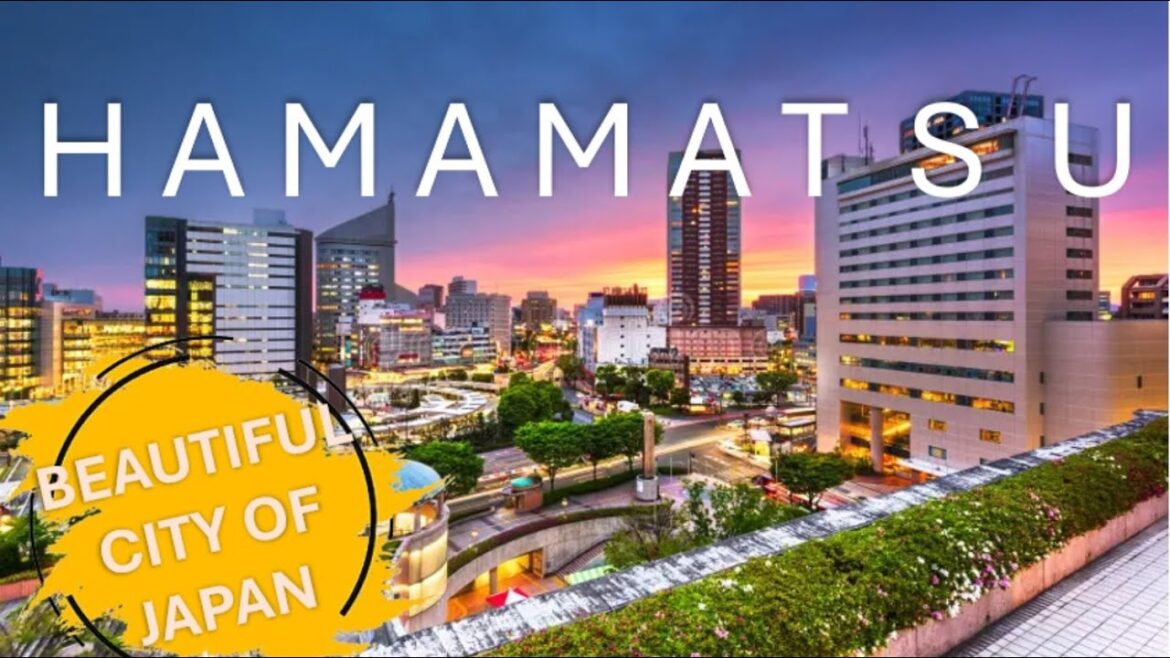Hamamatsu The City Of Culture Near Lake Hamana
Welcome to NFST RAV LER. Today we will know something different about Shinszuko City. Hamamatsu located in the western part of Shizuoka Prefecture, Japan, is one of the country’s most vibrant and culturally rich cities famed for its industrial innovation, scenic beauty, musical heritage, and energetic night life. With a population of over 800,000 people, it stands as Shizuoka’s largest city, occupying a strategic position between Tokyo and Osaka along the Tequo Corridor, which has historically been Japan’s main artery for commerce and travel. Hamamatsu is beautifully situated between the Pacific Ocean to the south and the Akashi Mountains to the north, offering both coastal charm and mountainous landscapes. This unique geography shapes its urban planning, architecture, and lifestyle. The city’s dynamic fusion of tradition and modernity reflects Japan’s broader evolution. And nowhere is this more evident than in Hamamatsu’s roads, infrastructure, and dazzling nightife, which has earned it a reputation as a hub for both business and leisure in central Japan. Hamasu’s history stretches back over 400 years to the feudal period when it served as a castle town under the rule of Tokugawa Ayasu, who later became Japan’s first shogun. Hamamatsu Castle, known as the castle of success, still stands as a powerful reminder of the city’s historical significance. The castle and its surrounding park are major attractions, blending historical architecture with modern landscaping. The feudal period laid the foundations for Hamomamatsu’s industrious spirit, a trait that persists today through its global reputation as a manufacturing and innovation powerhouse. The city became a major industrial hub during the Maji restoration and continues to thrive as the headquarters of globally recognized companies like Yamaha, Kauaii, Suzuki Motor Corporation, and Roland Corporation, all of which trace their roots back to Hamamatsu’s creative and mechanical ingenuity. This industrial base also influenced the city’s architecture factories, modern business complexes, and research centers coexist with cultural institutions and entertainment venues, forming a balanced urban ecosystem. Hamamatsu’s urban design is a testament to modern Japanese city planning, emphasizing order, connectivity, and aesthetics. The city’s core is built around Hamomamatsu station, a major stop on the Teedo Shinkansen line that connects Tokyo, Nagoya, Kyoto, and Osaka. Surrounding the station is the Hamamatsu City Center, home to towering buildings, shopping malls, hotels, and restaurants. The Act Tower, an iconic 45story skyscraper standing 213 m tall, dominates the skyline. Its distinctive design resembling a harmonica and nod to the city’s musical heritage makes it both a visual landmark and a symbol of Hamamatsu’s identity. Thanks for watching us. Please, please, if you have watched at the end, subscribe my channel.
Hamamatsu continues to evolve as a smart city, embracing digital innovation while maintaining its cultural roots. The local government invests heavily in sustainable development, green energy, and community-based tourism. The Hamanako Lakeside area, known for its resorts, hot springs, and night cruises, complements the city’s vibrant urban nightlife with a touch of tranquility and romance. #japanlife #travelphotography #travelinjapan #traveling #solotravel


AloJapan.com